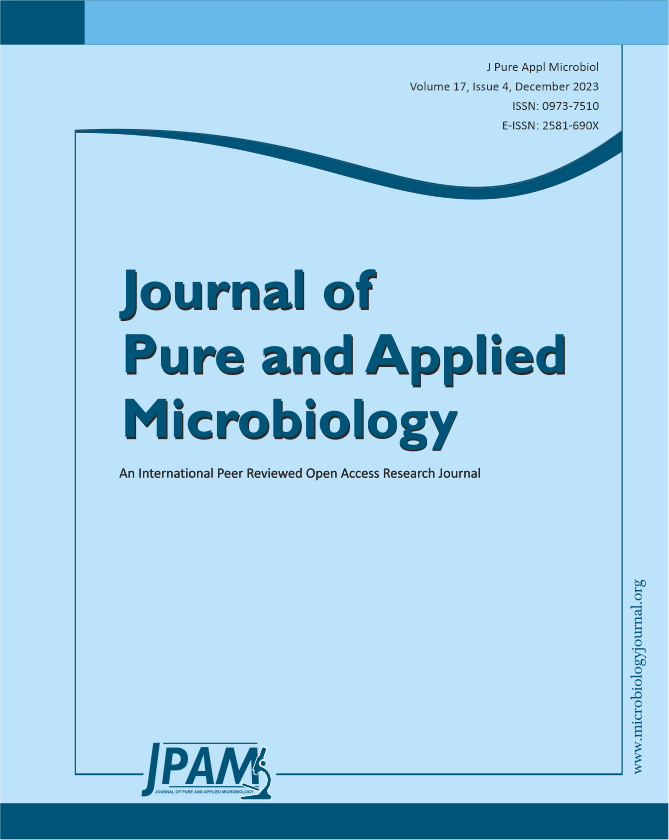Solenostemma argel (Asclepiadaceae) is a beneficial folk medicine used to treat many diseases, including the kidney, liver, and stomach diseases. The aim of this study was to assess the anti-Staphylococcus aureus activity of an aqueous ethanolic extract of Solenostemma argel (AEESA) and identify its phenolic and volatile compounds using high-performance liquid chromatography (HPLC) and gas chromatography-mass spectroscopy (GC-MS). As revealed using the disc diffusion test and DNA cleavage analysis, S. argel extract was active against Staphylococcus aureus. The minimum inhibitory concentration (MIC) was 31.6 g/mL. Sixteen phenolic compounds of AEESA were analyzed using HPLC, wherein the phenolic compounds: pyrocatechol (9519.95 µg/g), ferulic acid (3221.41 µg/g), chlorogenic acid (3221.41 µg/g), and gallic acid (2730.85 µg/g) were the most abundant. Additionally, naringenin (2262.80µg/g) and quercetin (1750.25µg/g) were the major flavonoids. GC-MS analysis of AEESA revealed 30 volatile compounds, the major percentages of 9,12-octadecadienoic acid (z,z)-, methyl ester (33.44%), ascorbic acid 2,6-dihexadecanoate (7.22%), and butylated hydroxytoluene(5.46%), followed by 2-Pentadecanone, 6,10,14-trimethyl (4.77%), 2-Pentadecanone, 6,10,14-trimethyl (3.35%), Stigmasta-5,22-dien-3-ol, and acetate (3.Beta; 3.35%). The application of S. argel extract in reducing the growth of biofilms would subsequently diminish the development of antibiotic resistance and promote the future uses of plant extract components.
Solenostemma argel, Bioactive Compounds, GC-MS, HPLC, Staphylococcus aureus
© The Author(s) 2023. Open Access. This article is distributed under the terms of the Creative Commons Attribution 4.0 International License which permits unrestricted use, sharing, distribution, and reproduction in any medium, provided you give appropriate credit to the original author(s) and the source, provide a link to the Creative Commons license, and indicate if changes were made.


